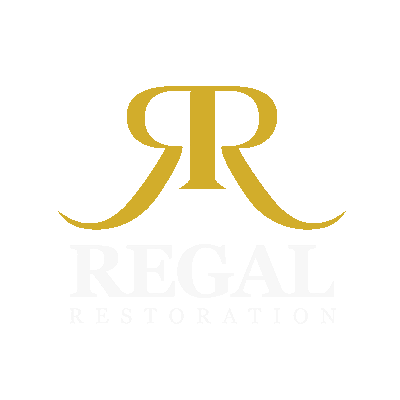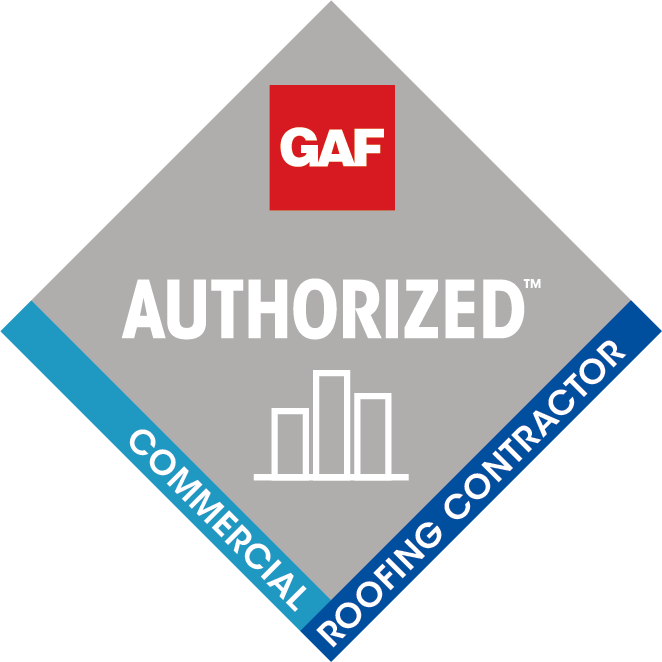Framing stands as the skeletal structure of any commercial building, dictating its strength, design, and longevity. As such, it requires meticulous planning, execution, and adherence to best practices to ensure the integrity of the construction. Regal Restoration, with its expertise in commercial framing, outlines essential considerations for property developers and construction managers embarking on new projects or renovations.
- Material Selection: The choice between steel and wood framing depends on various factors including durability, cost, and architectural requirements. Steel offers unmatched strength and resistance to fire, pests, and decay, making it ideal for large-scale commercial projects. Wood, on the other hand, provides aesthetic warmth and is cost-effective for certain types of constructions.
- Structural Integrity: Ensuring the structural integrity of the building is paramount. This involves adhering to engineering principles and building codes, taking into account load-bearing requirements, wind resistance, and seismic activity. It’s crucial to work with experienced engineers and architects during the planning phase to address these considerations.
- Energy Efficiency and Insulation: Modern framing techniques allow for improved energy efficiency, significantly reducing heating and cooling costs. Techniques such as continuous insulation and thermal bridging can be incorporated into the framing process, contributing to the overall sustainability of the building.
- Flexibility and Adaptability: The framing design should allow for future modifications and expansions. This foresight can save substantial time and resources, facilitating easier updates or renovations as the needs of the building change over time.
- Professional Framing Services: Employing professional framing services ensures that the project adheres to the highest standards of quality and safety. Experts in commercial framing can provide valuable insights and guidance throughout the construction process, from initial design to final inspection.
In conclusion, framing is a critical phase in the construction of commercial buildings, requiring careful consideration of materials, structural integrity, energy efficiency, and adaptability. By prioritizing these aspects and partnering with the seasoned professionals at Regal Restoration USA, developers can achieve durable, efficient, and future-proof commercial spaces.



